Focus stacking
Mar 11, 2019 09:06:20 #
Ken Rockwell shows an impressive series here:
https://www.kenrockwell.com/canon/eos-r/rp.htm#focusstacking
His example is using the Canon RP, you set the desired focus interval and the number of photos up to 100 and it automatically refocuses as it fires. You have to complete the operation in the free software that comes with the camera. You can delete any that exceed your desired in focus range.
https://www.kenrockwell.com/canon/eos-r/rp.htm#focusstacking
His example is using the Canon RP, you set the desired focus interval and the number of photos up to 100 and it automatically refocuses as it fires. You have to complete the operation in the free software that comes with the camera. You can delete any that exceed your desired in focus range.
Mar 11, 2019 09:46:07 #
cactuspic
Loc: Dallas, TX
Vietnam Vet wrote:
I have never done focus stacking because I don't see how that would be different than just taking a single image at like an f32. Will someone please take two images and post them? One a single image like a f32 and another using focus stacking. Convince me to give focus stacking a try.
I am posting an example that I use in my workshops to show the benefits of focus stacking. The subject is a small lithop colony in flower. One was taken at f/32 while the focus stack was taken at 7.1. I did not record the magnification but I believe it is in the neighborhood of one-half lifesize. Two separate benefits should be perceived. First, more of the image is in focus in the focus stacked image. Second, the ability to use a larger aperture setting limits the effect of diffraction, which allows the focus stacked image to be sharper than the stopped down example at the point of focus in the stopped down example. Compare the flower center at the front right in both photos, as shown in the flower center crop from both of the images .
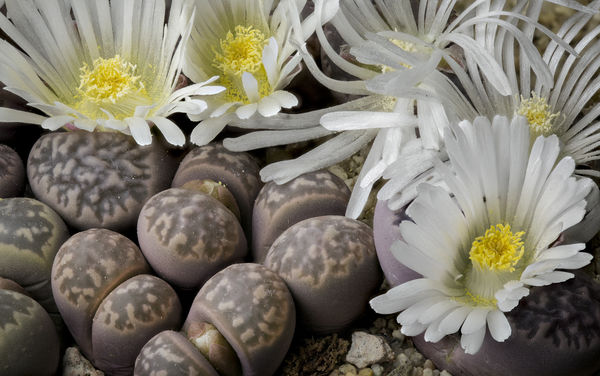
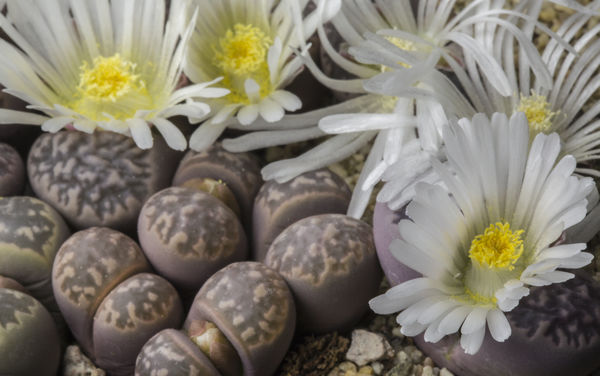
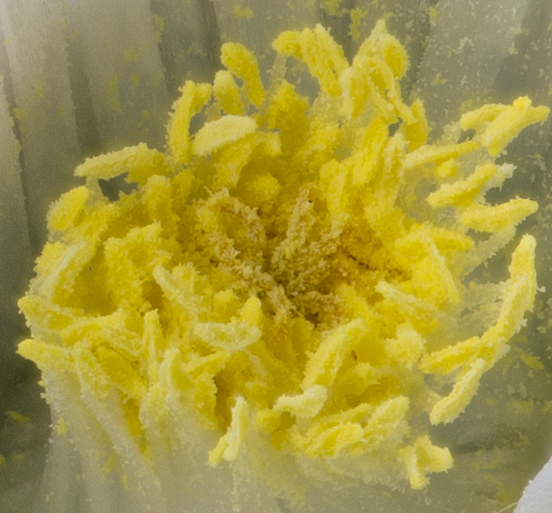
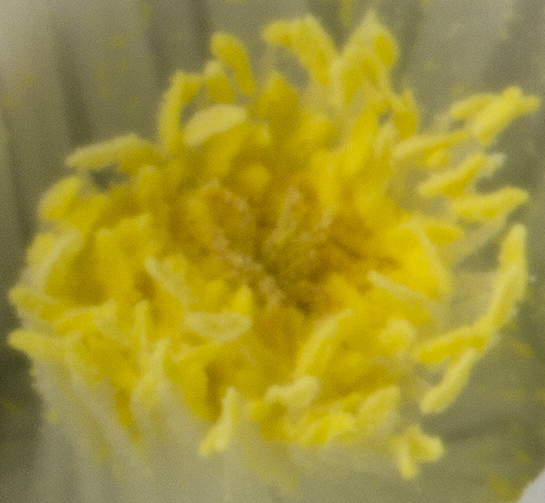
Mar 11, 2019 09:56:58 #
Wanderer2
Loc: Colorado Rocky Mountains
Vietnam Vet wrote:
I have never done focus stacking because I don't see how that would be different than just taking a single image at like an f32. Will someone please take two images and post them? One a single image like a f32 and another using focus stacking. Convince me to give focus stacking a try.
I am not in a place where I can post an image (traveling) but can give you an example of the usefulness of focus stacking (or focus merge) in landscapes. At times it's impossible to get the entire range of desired focus in an image using smaller apertures and focus stacking can do that. The example: As a test when I first used focus stacking, using a long telephoto I shot photos of the branches of a pine tree about four feet from the camera and a mountain range at infinity, stacking 3 or 4 images in focus from the tree to the mountains and in between. The test was totally successful, everything from 4 feet to infinity being in sharp focus. I use Affinity for this and it does simply and it very well and find focus stacking useful at times.
Hope this is of some help. My suggestion is try it and determine if is useful for your type of shooting.
Mar 11, 2019 10:56:50 #
fetzler
Loc: North West PA
Go look at my photos in the true macro forum. None of these would be possible without focus stacking. At f32 diffraction reduces resolution.
Mar 11, 2019 11:16:21 #
Kaskazi
Loc: Ontario, Canada
Vietnam Vet wrote:
I have never done focus stacking because I don't see how that would be different than just taking a single image at like an f32. Will someone please take two images and post them? One a single image like a f32 and another using focus stacking. Convince me to give focus stacking a try.
Focus stacking - I happened just to be looking at this earlier today. Some interesting related topics and examples:
https://www.uglyhedgehog.com/t-352889-1.html
Mar 11, 2019 12:10:59 #
Mar 11, 2019 12:51:18 #
Vietnam Vet wrote:
I have never done focus stacking because I don't see how that would be different than just taking a single image at like an f32. Will someone please take two images and post them? One a single image like a f32 and another using focus stacking. Convince me to give focus stacking a try.
It doesn' matter if you shoot at f/32, or f'64, with focus stacking, YOU decide where and what you want to be exactly in focus. And even shooting at f/64, you do not get the the range of in-focus subjects you achieve with focus stacking!
Mar 11, 2019 12:55:09 #
Here is an Orchid flower. 105mm Micro Nikor @ f/8. I stacked 50 frames to get it all in focus.
Mar 11, 2019 12:58:04 #
Click on Download then click on the PSD file in the lower left of your screen to see the picture.
Mar 11, 2019 13:02:27 #
I've been looking for this subject myself and thank all posters for the information.
Mar 11, 2019 14:17:46 #
Once you are at f16 or smaller aperture (f32 for example), diffraction will occur and soften the image.
The options are to:
1 shoot at the hyperfocal distance which should give “acceptable” sharpness
2 focus stack at a normal f stop-say f8. This will give a tack sharp image if done properly
3 use a tilt-shift lens which will also give a tack sharp image at f8bor f2.8 if done properly.
The options are to:
1 shoot at the hyperfocal distance which should give “acceptable” sharpness
2 focus stack at a normal f stop-say f8. This will give a tack sharp image if done properly
3 use a tilt-shift lens which will also give a tack sharp image at f8bor f2.8 if done properly.
Mar 11, 2019 15:09:16 #
The difference is in diffraction. Light interacts with the edge of the diaphragm that controls how much light enters the camera. For a wide aperture, the effect is minimized because the scatter from the edges is insignificant. As the aperture gets smaller, the effect becomes stronger. The effect is also greater with smaller sensor (film) sizes.
Ansel Adams and others made f64 a standard for sharpness but they were using 8x10 sheet film. In modern cameras, diffraction starts to be measurable at stops smaller than f11 for 'full-frame' cameras, and f8 for 'crop-sensor' cameras. How much is acceptable is a matter of taste, in a fashion similar to how much noise is acceptable at higher ISOs: There is more noise at higher ISOs whether it's objectionable or not.
So the difference between focus stacking and f32 is down to sharpness. At f32, your sharpness will be limited by diffraction. With focus stacking, you can shoot at a wider aperture and have some of each image sharper than any of the image at f32. By stack up the best bits (and assuming enough images at enough focal points), you can get an image that is sharper all the way through than f32.
Of course, if anything in your frame moves while you're busy focusing and re-focusing, you'd be better off at f32...
Ansel Adams and others made f64 a standard for sharpness but they were using 8x10 sheet film. In modern cameras, diffraction starts to be measurable at stops smaller than f11 for 'full-frame' cameras, and f8 for 'crop-sensor' cameras. How much is acceptable is a matter of taste, in a fashion similar to how much noise is acceptable at higher ISOs: There is more noise at higher ISOs whether it's objectionable or not.
So the difference between focus stacking and f32 is down to sharpness. At f32, your sharpness will be limited by diffraction. With focus stacking, you can shoot at a wider aperture and have some of each image sharper than any of the image at f32. By stack up the best bits (and assuming enough images at enough focal points), you can get an image that is sharper all the way through than f32.
Of course, if anything in your frame moves while you're busy focusing and re-focusing, you'd be better off at f32...
Mar 11, 2019 15:25:39 #
Vietnam Vet wrote:
I have never done focus stacking because I don't see how that would be different than just taking a single image at like an f32. Will someone please take two images and post them? One a single image like a f32 and another using focus stacking. Convince me to give focus stacking a try.
The problem here is that for many lenses, diffraction can become a serious issue at small aperture such as f/32, thereby compromising IQ. Focus stacking can help you go around this problem.
Mar 11, 2019 15:40:57 #
Vietnam Vet wrote:
I have never done focus stacking because I don't see how that would be different than just taking a single image at like an f32. Will someone please take two images and post them? One a single image like a f32 and another using focus stacking. Convince me to give focus stacking a try.
Here is the direct comparison you asked for. I hope that a two inch long rock is OK as a subject.
 The first image was shot at f/32. The second is a stack of 16 images shot at f/8. I cropped 2048 X 1365 samples from each at 100%. I didn't do any post processing on these other than that.
The first image was shot at f/32. The second is a stack of 16 images shot at f/8. I cropped 2048 X 1365 samples from each at 100%. I didn't do any post processing on these other than that. Mike
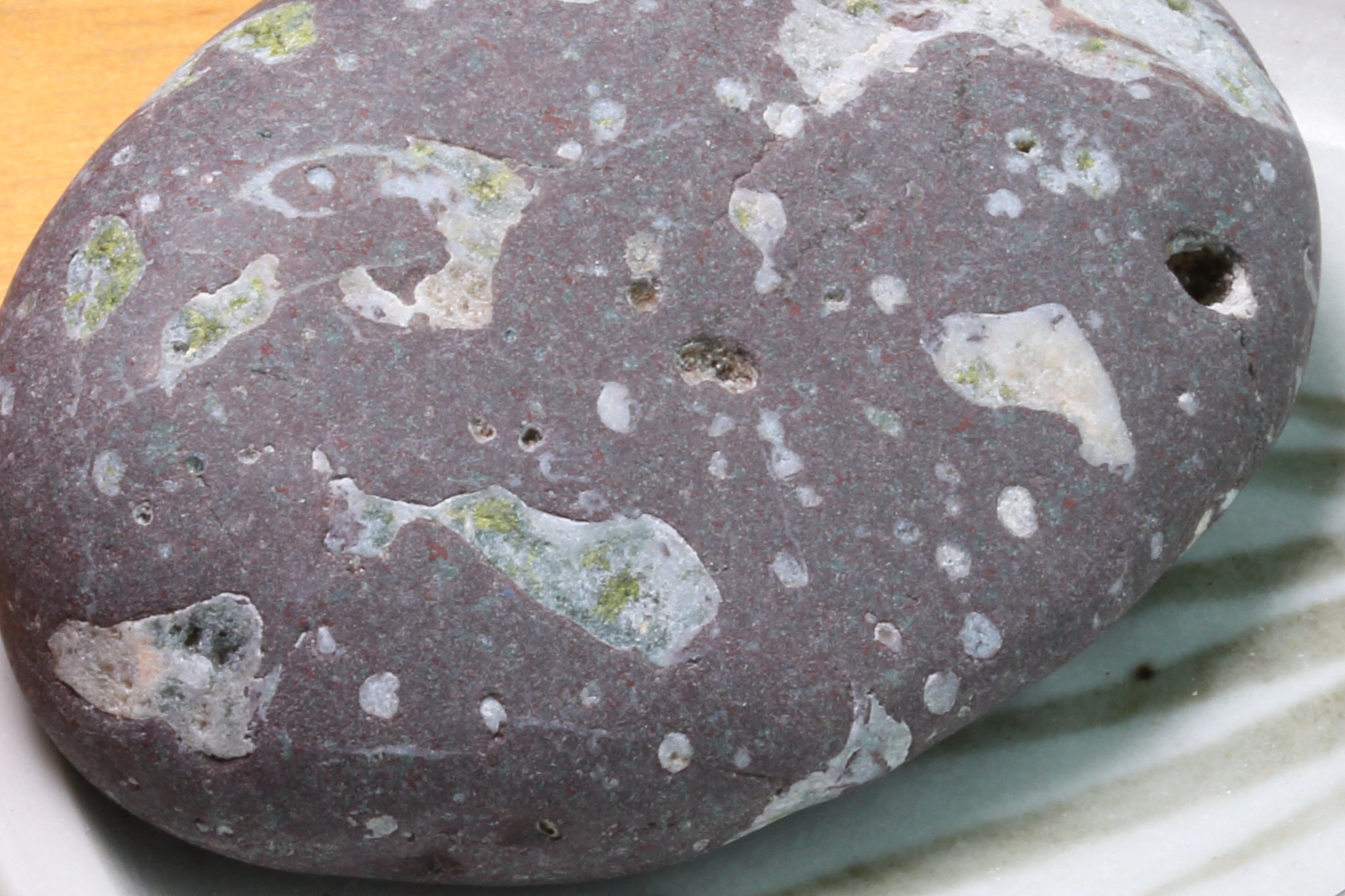 Rock - one frame at f/32 on Flickr
Rock - one frame at f/32 on Flickr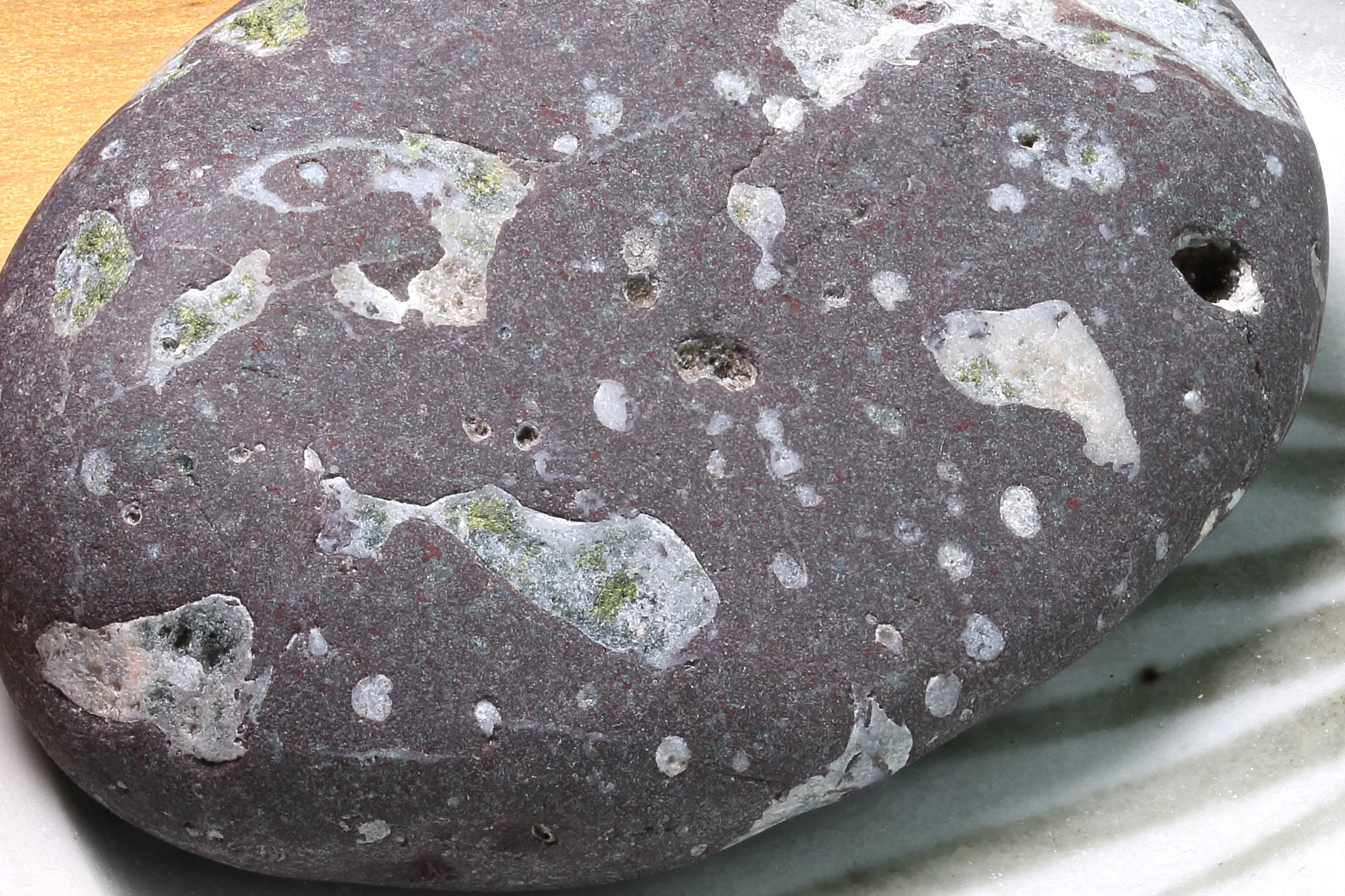 Rock - stacked 16 frames at f/8 - on Flickr
Rock - stacked 16 frames at f/8 - on FlickrMar 11, 2019 15:43:14 #
cactuspic wrote:
I am posting an example that I use in my workshops... (show quote)
Posting thumbnails makes it hard to appreciate the difference.
If you want to reply, then register here. Registration is free and your account is created instantly, so you can post right away.




